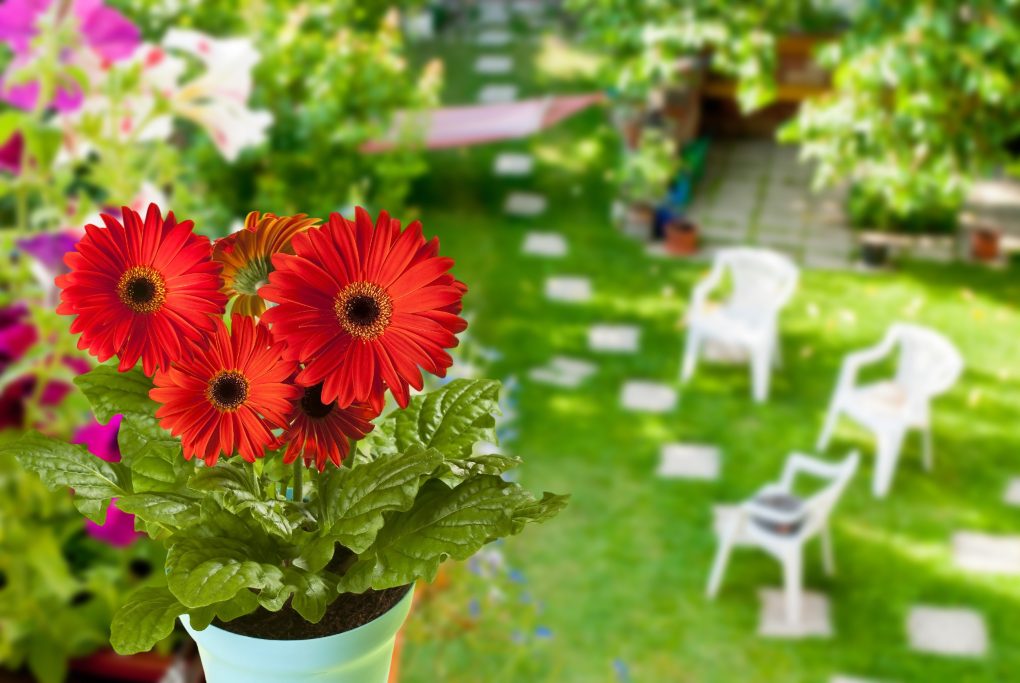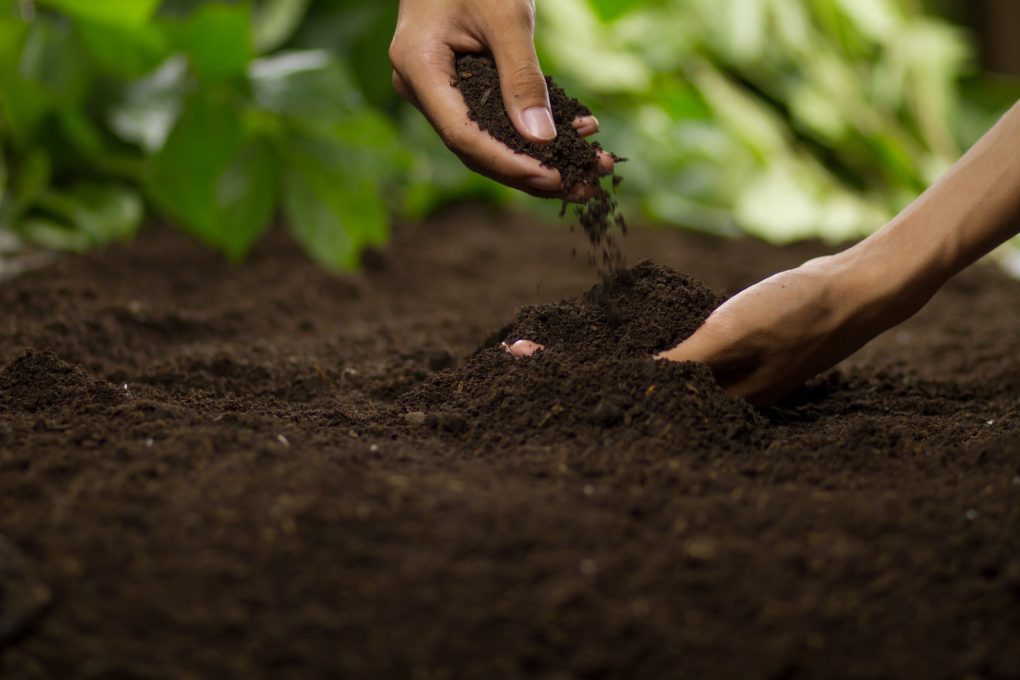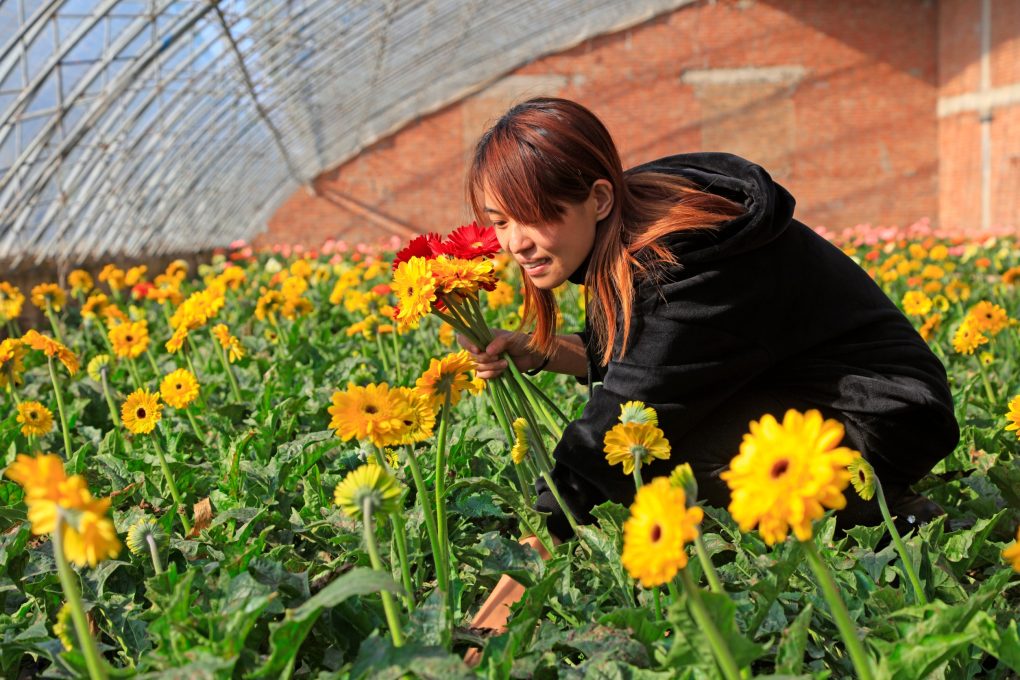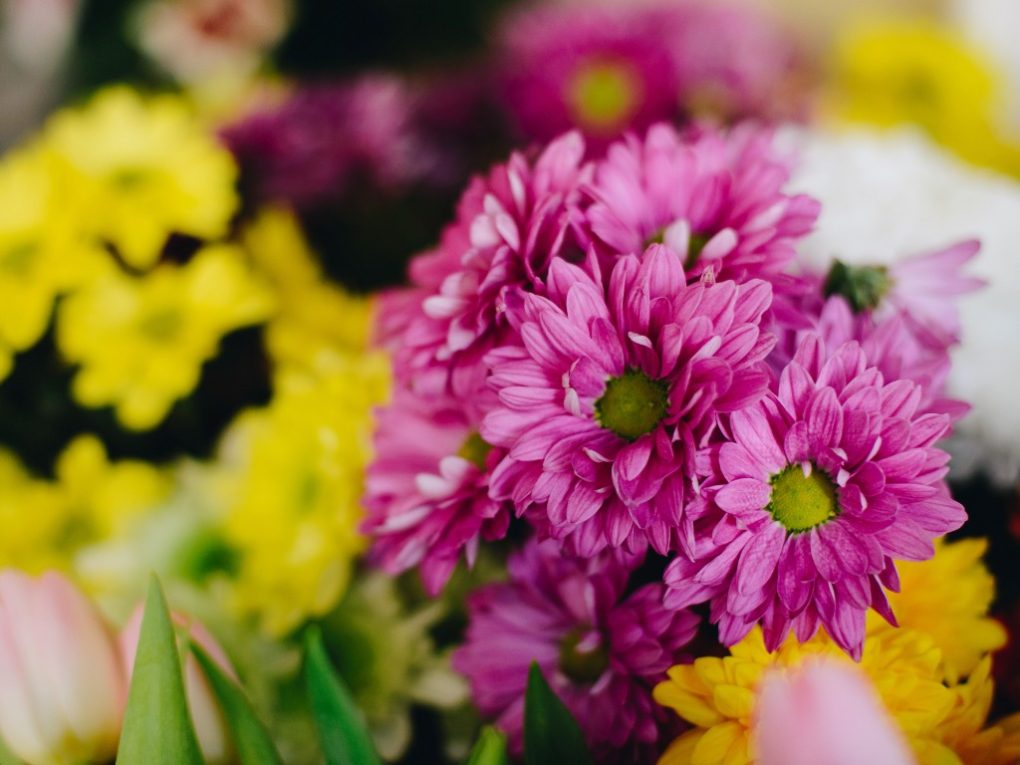Can Gerbera Daisies Be Planted Outside? A Gardener’s Guide
Yes, Gerbera Daisies can be planted outside. These popular, colorful flowering plants thrive in a variety of climates, typically in USDA Hardiness Zones 8 to 11, where temperatures stay above 40 degrees Fahrenheit (4.4 degrees Celsius).

For successful outdoor growth, it’s crucial to plant them in well-draining soil with at least 6 hours of sunlight each day and adequate moisture. Gerbera Daisies are sensitive to extreme heat, humidity, and cold, so it’s important to shield them from harsh conditions and provide proper care to ensure optimal growth and blooming.
Table of Contents
Preparing the Soil

Before planting Gerbera daisies outdoors, it’s essential to properly prepare the soil. Follow these steps:
● Use a spade to loosen the soil to a depth of 8 to 10 inches, enhancing drainage.
● Eliminate any rocks, weeds, or debris that may hinder plant growth.
● Add organic matter such as compost, well-rotted manure, leaf mold, or peat moss to improve soil fertility and structure.
● Incorporate the organic matter evenly into the soil, reaching a depth of 1 to 2 inches.
● Test the soil’s pH to ensure it falls within the ideal range of 6.0 to 6.5 for Gerbera daisies. If needed, adjust the pH with lime or sulfur.
By adequately preparing the soil, you can create a healthy and supportive environment for your Gerbera daisies to thrive. This will also help prevent diseases and pests, reducing the need for fertilizers and pesticides.
Planting Gerbera Daisies

Planting Time
Gerbera daisies can be planted outside once the last spring frost has passed. Before planting, it’s important to wait until the soil has warmed to at least 60°F (15°C). Generally, early summer, when the weather is warm and sunny, is the ideal time for planting gerbera daisies.
Planting Depth
When planting gerbera daisies, make sure the planting depth matches the depth of the container they were in when purchased. The hole should be deep enough to accommodate the root ball without burying the plant’s crown. The crown should be level with the soil, and the roots should be covered.
Spacing
Space gerbera daisies are approximately 12 to 18 inches apart, depending on the variety. Plant in a location with full sun or partial shade, and soil that drains well.
To plant gerbera daisies, follow these steps:
1. Spade the soil to a depth of 8 to 10 inches.
2. Add 1 to 2 inches of organic matter, such as compost or manure, to the hole.
3. Carefully place the Gerbera Daisy into the prepared location.
Gerbera daisies can also be grown in containers. When planting in containers, use a well-draining potting mix and ensure the container has drainage holes.
Tips: Planting gerbera daisies outside can be a fulfilling experience. These beautiful flowers can enhance any garden or landscape with proper preparation and care.
Watering and Fertilizing

Watering Frequency
Gerbera daisies require regular watering to thrive, especially during the blooming season. Keep the soil moist but not waterlogged. Overwatering can lead to root rot and fungal diseases. Watering frequency depends on climate, soil type, and plant size. Generally, gerbera daisies need approximately 1 inch of water per week. Water only when the soil dries about an inch
below the surface. During hot, dry spells, more frequent watering may be necessary.
Fertilizer Type and Schedule
Regular fertilization benefits gerbera daisies, promoting healthy growth and abundant blooms. The choice of fertilizer and schedule depends on soil quality and the growth stage of the plants. An ideal fertilizer for gerbera daisies is balanced, with equal amounts of nitrogen, phosphorus, and potassium. Slow-release fertilizers are preferable, as they release nutrients over an extended period.
During the growing season, fertilize gerbera daisies every two to four weeks using a liquid fertilizer, following the manufacturer’s instructions for dilution. Avoid fertilizing during winter when the plants are dormant and do not require additional nutrients.
Proper watering and fertilization are essential for cultivating healthy and vibrant gerbera daisies. By following these simple guidelines, gardeners can enjoy the beauty of these stunning flowers in their outdoor spaces.
Pest and Disease Control
Common Pests and Diseases
Gerbera daisies are susceptible to various pests and diseases. Common pests include aphids, spider mites, whiteflies, and thrips, which can damage leaves, stems, and flowers. Gerbera daisies are also prone to bacterial leaf spots, powdery mildew, and gray mold.
Preventive Measures
Preventing pests and diseases is the best approach to maintaining healthy gerbera daisies. Follow these measures:
● Plant gerbera daisies in well-draining soil in a sunny location.
● Water the plants at the base to prevent water from splashing on the leaves, which can lead to fungal diseases.
● Check the plants regularly for pests and diseases, and remove affected leaves and flowers immediately.
● Keep the area around the plants clean and debris-free, as it can harbor pests and diseases.
● Avoid overcrowding the plants to minimize humidity and disease problems.
Treatment Options
If gerbera daisies are infested with pests or diseases, several treatment options are available:
| Pest/Disease | Treatment |
| Aphids, spider mites, whiteflies, thrips | Use a neem oil spray to control pests. |
| Bacterial leaf spot | Remove affected leaves and apply a copper fungicide. |
| Powdery mildew | Apply a sulfur-based fungicide. |
| Gray mold | Remove affected leaves and flowers and improve air circulation around the plants. |
Remember to promptly address any pest or disease issues to protect the health of your gerbera daisies.
